800 projects and still learning!
Lessons for garden designers
We have just hit project number 800 (well 805 as I am typing), and I thought this might be a time to reflect on my personal learning from the design part of our business over that time (20 years or so..). There is so much to learn from that I might perhaps choose different things on any given day, but having mulled this for a while I think these are probably the consistent top few..
1. Never stop looking for inspiration
I am passionate about the “feel” of a garden. Without this it has no soul and your designs will be bland. Seeking inspiration for me is about finding places, ideas or images that inspire an emotional response. This might be a great garden, an individual tree or planting style, or the combination as in this lovely example by Stijn Cornilly. I always used to look through endless books (often visiting libraries- remember them?) before starting a design just to get myself in the mood to be inspired- now I tend to use the internet, and I save anything I like into a running dropbox folder called “images I like”! Over the years this has become an invaluable reference point for myself and colleagues and I build on it all the time.
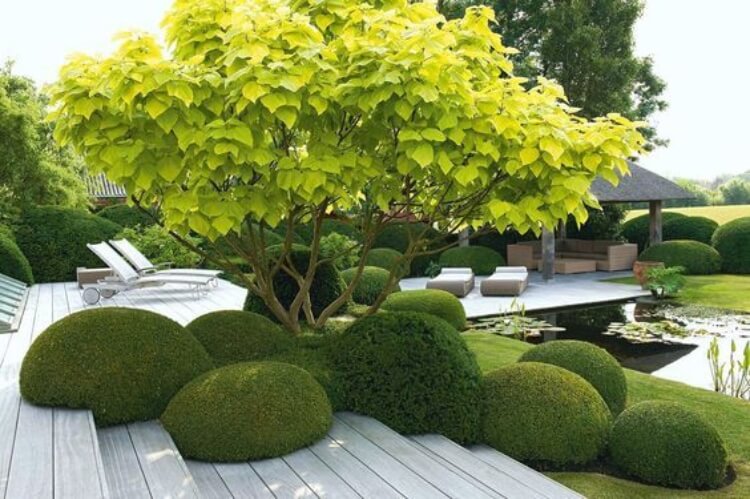
The inspiration need not seem to have relevance to the site in question- others may disagree, and clearly this needs to be handled with care to avoid using a style that jars with the surroundings. I often advise clients when searching for inspiration images to set aside where they live, the scale or position of the garden and constraints driven by what they think they can have. This is an exercise in feel (not a “cut and paste” game) – we are trying to capture a spark of inspiration. This can come from anywhere- from a roof terrace (the example below is by Luciano Guibellei)….

a piece of architecture (example from Christian Kerez),
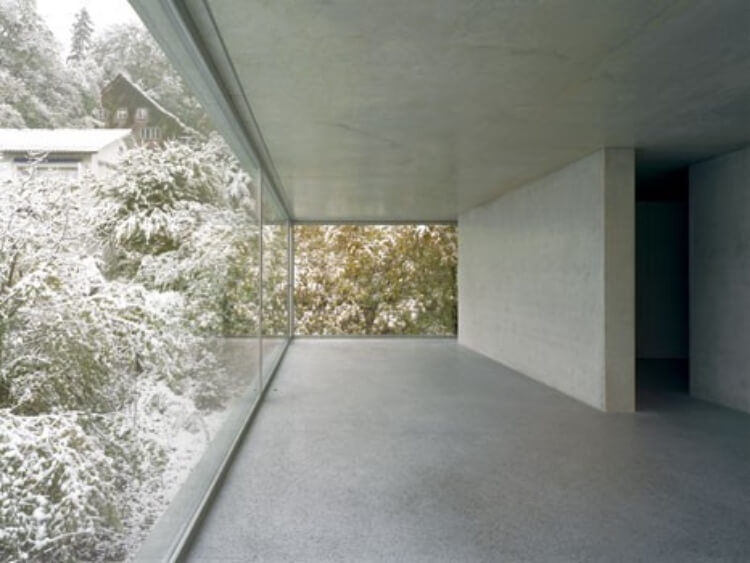
or a mountain hillside-I cant create the hillside or the views, but I can still seek the essence of it.
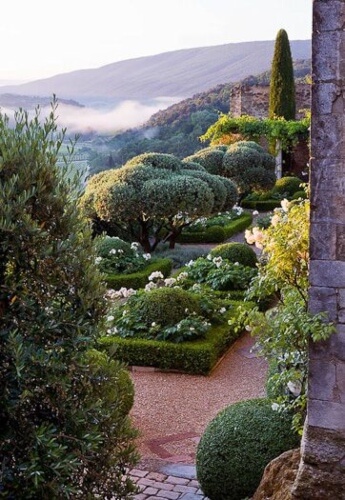
2. Gardens are about space and volume not plan views
Whilst a plan view remains the basis of much building work, it really should be a convenient summary, not the focus of the design process. The single most important lesson I learned on day 1 of Design School (many years ago now but still carved on my soul!) is that flat plans are just patterns on the ground- with Landscape you are dealing with 3D space and volume. The movement through the garden is as important as any clever geometry, and therefore getting something working in plan is useless if it doesn’t feel right in 3D.

Whilst most designers are somewhat OCD about axes, framing, symmetry and geometry, many (and possibly most) sites are not entirely regular. Imposing a geometry on a plot can be incredibly effective as a device, but working with features that do not line up and houses, trees and access that are fundamentally asymmetric is a key part of the job. The “ruin” in this garden was already in place, a bit close to the house, and at a rakish angle to it, so landscaping it in was a key part of the brief.
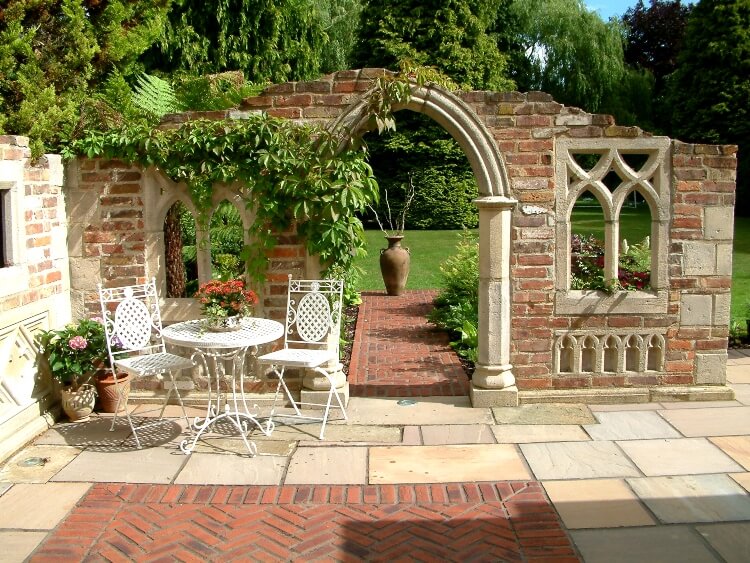
3. Our clients want a garden not just a pretty design.
Our designs need to hit off both inspiration and practicality in the broadest sense. Designs that look nice on the drawing board but will never be built are useless, and we focus hard on helping our clients to get things built (not just by us but also working with a wide range of third party builders and main contractors).
Difficulties in getting from design into build might be for a number of reasons but the most common is budget (so see point 4). At design school this area is largely not touched on, and I can see that for many designers just sticking to just creating the designs and leaving the clients to it is a very appealing approach-things can get messy and sometimes emotional at this point!
Most other factors can be ironed out with experience- structures that simply cannot be built as drawn, or features that really wont work should be ironed out during the design process. Site access can also be a big issue (rarely totally insurmountable but sometimes prohibitively expensive for some items). Planning Permission too can be a problem that should be addressed early.
More tricky and elusive is dealing with multiple iterations of designs. A process that at least refines the brief each time is essential if you are to reach a good conclusion in a timely manner. We never mind iterative processes, but of course there are cost implications and a line does need to be drawn at times. This is often worse where there are significant differences of opinion between parties- not just life partners but Advisors, Project Managers and Architects. Navigating all of these can require the wisdom of Solomon (which I don’t have, but I do my best!).
4. Do what you absolutely have to do, do it well, and make the most of these features.
Landscaping (in particular levelling, screening, driveways, a new patio or steps) is way more expensive than most people expect, and we need to make the most of the essentials. This is not to make designs bland and functional, quite the reverse. Focussing first on making the functional exceptional is often the secret of smaller schemes.
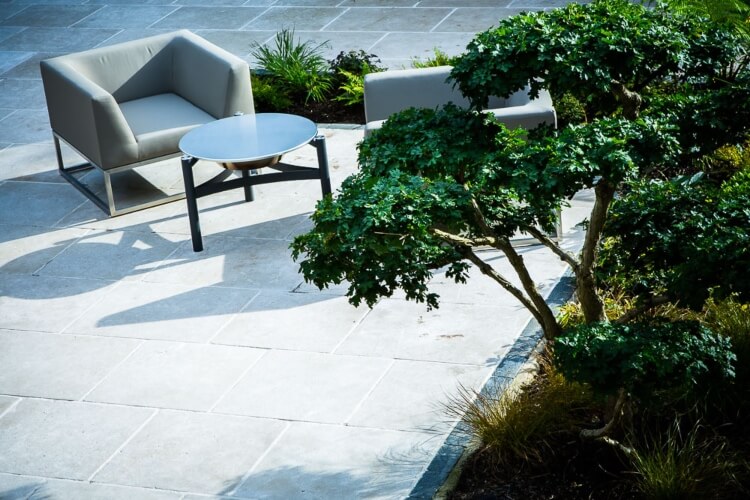
Working hard with clients to maximise their budgets whilst not promising to achieve all they want within a tight sum is in my view the hardest part of landscape design. We cannot magically make costs of elements we have been asked to include (or have included to achieve the effect we believe the client wants) go away, all we can do is redesign if the costs are too high. Explaining a rational process of costing and refining is something we do at the start of every project, but intrinsic costs can still cause real upset once we get to that point.
As I have become more experienced I have become more blunt, and in most cases honesty is appreciated. Skirting around the answer to the question “Can you find something that looks as good as this and does the same job but is half the price” proves unhelpful to all!
We aim to design as well as we can, budget, and provide options for our clients to make decisions on. We then redesign if needed-armed with this information and the clients informed choices based on this. This seems rational to me but this can be a painful process- you are dealing with peoples hopes and dreams as well as their pockets.
My advice to both designers and clients- roll up your sleeves and be prepared to change, adjust and strip back the plans. Soft landscaping is typically cheaper than hard so explore planted solutions where possible, and be open to alternatives, patience, or omissions.
5. Domestic landscape design is fundamentally different from commercial projects
This is not just in the type of buildings and spaces, but in the fundamentals of the scale and the client interactions. Whilst attitudes vary wildly, typically the level of engagement and personal investment is much higher for domestic projects (there is nothing like spending your own money and working in your own home to focus the mind!). However some of the disciplines and skills of commercial Landscape Architects are not only transferrable but a breath of fresh air to domestic landscaping (and vice versa) so we embrace both skill sets across our projects and are much better because of this.
6. Learn, learn, learn…
Its just as well we didn’t know how much we didnt know when we started out!
We are always humbled by the amount there still is to learn. Learning every day is essential for survival, particularly in our troubled times. Changing constantly, looking for inspiration, help, guidance and fun is what has got us this far.
As a wise person (cant remember who!) once said “May all our mistakes be new ones”
CGLA are an award winning team of Garden Designers, Landscape Architects, Landscapers and Garden Maintenance Operatives working in Buckinghamshire, London and the South East, as well as on prestigious design projects across the UK and abroad. We are currently working in Oman, Jersey and France, and welcome enquires for design, landscaping or garden maintenance. Contact us here